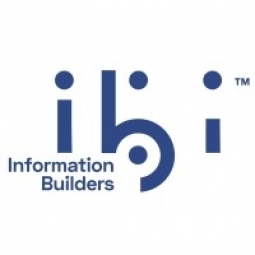Information Builders
Case Studies
Arcadia Group
Overview
 |
Arcadia GroupInformation Builders |
Analytics & Modeling - Real Time Analytics | |
Retail | |
Business Operation Sales & Marketing | |
Inventory Management Supply Chain Visibility | |
System Integration | |
Operational Impact
| With the deployment of WebFOCUS, Arcadia has increased the use of business intelligence from around 200 users to more than 900 across the organization. | |
| The company now has a platform that can extend to all branches in the UK resulting in business intelligence being used by around 5,000 employees. | |
| WebFOCUS allows staff to make better and faster decisions, improving the performance of the business. | |
Quantitative Benefit
| Increased the use of business intelligence from around 200 users to more than 900 | |
| Potential to extend business intelligence usage to around 5,000 employees | |


